
Top 10 Best Vietnam National Parks
Top 10 Best Vietnam National Parks.
There are 34 national parks in Vietnam, and it's impossible to choose just one. To help you better organize your vacation in beautiful Vietnam, we've selected the seven best national parks in the country (listed from north to south, with no specific order intended).
Cat Tien National Park
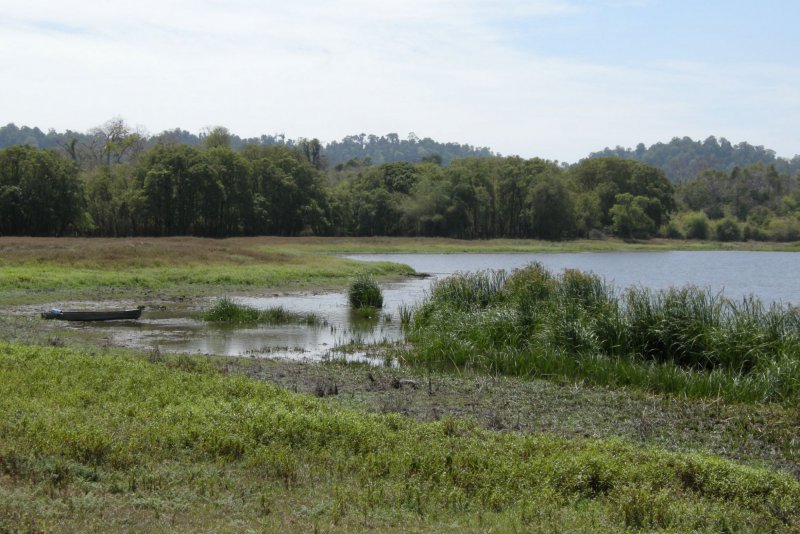
Address: Nam Cat Tien, Tan Phu District, Dong Nai Province, Vietnam
Entrance fee : free of charge.
Link Map: https://maps.app.goo.gl/7jPRfgeB3CgxpM9FA
The southern provinces of Dong Nai, Lam Dong, and Binh Phuoc all share in the expansive Cat Tien National Park, making it one of Vietnam's largest parks at over 720 square kilometers.
There is a wide variety of flora and fauna in the lowland tropical woodlands that surround this park. Seasonal tropical forest describes the park's forests, which also have significant grassland, bamboo, and wetland areas.
Read more: Yok Don national Park in Daklak
Some of the best things to do in southern Vietnam are go on hikes, ride mountain bikes, and watch birds. The golden-cheeked gibbon, sun bears, civets, deer, and wild boar are just some of the animals that visitors may see.
The endangered Siamese crocodile can be found in Crocodile Lake. Several types of birds can also be found here. Woodpeckers, hornbills, pheasants, and butterflies are all possible sightings. The unique ecosystem and population of Cat Tien make it a popular location for scientific study.
Phu Quoc National Park
Location: Phu Quoc Island, 26 kilometers north of Duong Dong.
Ticket cost: free
Link Map: https://maps.app.goo.gl/nXr1nG3UQYJ2RGwe7
Located in the northeastern part of Phu Quoc Island and extending to the island's northern and eastern shorelines, Phu Quoc National Park encompasses 31,422 hectares (ha), or about 70 percent of the island's total area.
Phu Quoc National Park's director, Pham Quang Binh, claims that the island's unique combination of continental and coastal climates makes for a very diverse ecology that includes primary, secondary, and indigo forests.
The indigo groves there are found on sloping slopes and in the lowlands that are prone to flooding during the wet season.
The park features a hilly landscape, with Mount Chua serving as its highest point at 603 m. The Rach Cua Can river drains the southern portion of the national park and falls into the sea on the west coast of the island; it is the only significant river on the island that is drained by other, primarily seasonal streams.
Read more: Phu Quoc Travel Guide information in 2024
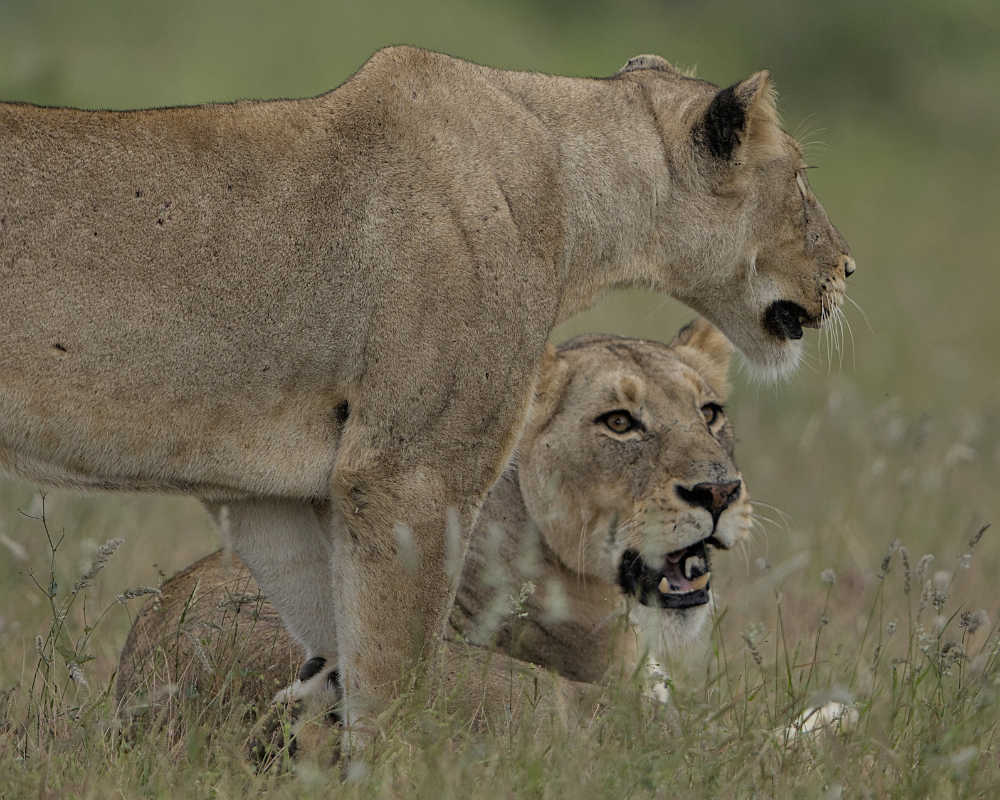
Lion inside the Phu Quoc safari.
Phu Quoc National Park is home to a diverse ecology thanks to the presence of species from Malaysia, Burma, and the Himalayas over its more than 27,000 hectares of forest, 6,000 hectares of buffer land, and 20,000 hectares of ocean.
Con Dao National Park
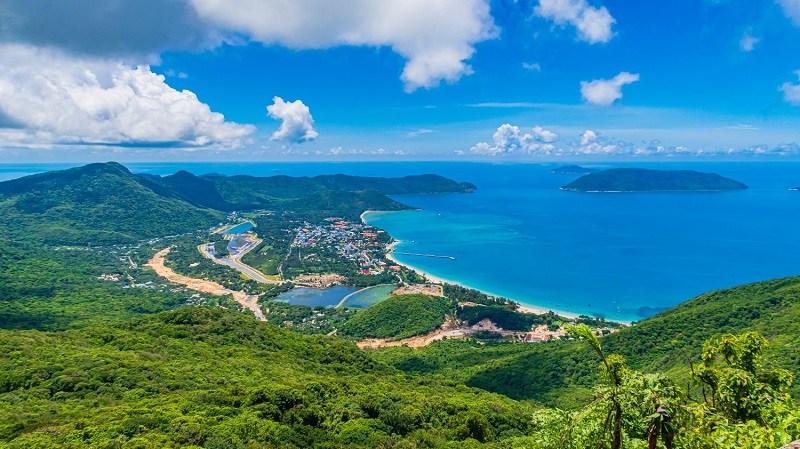
Address: Con Dao island, Con Dao District, Ba Ria - Vung Tau Province, Vietnam
Entrance fee : free of charge.
Link Map:https://maps.app.goo.gl/kkdydixrCDY9oUY59
The principal forested resources and marine reserve that make up Con Dao National Park. The national park covers an area of 14,000 hectares at sea and 6,000 hectares on land and is located in the northern part of Con Dao Island in the province of Ba Ria-Vung Tau.
What sets Con Dao National Park apart?
There are significant implications for marine conservation in Vietnam stemming from the park's rich biodiversity. Con Dao's maritime ecosystem is well suited for reproduction, nursery, and preservation thanks to the interplay between coral reefs, sea grass, and mangrove forests.
From the rich biodiversity of the central Indo-Western Pacific to the coastal waters of Vietnam, life has spread via Con Dao National Park.
Con Dao National Park is well worth the trip.
On March 31, 1993, the Vietnamese Prime Minister issued Decision No. 135/TTg, which formalized the creation of the national park.
Con Dao Mangroves are internationally recognized as Ramsar sites due to the area's usefulness in protecting and sustaining marine life, including sea turtles, sea cows (dugong), and dolphins.
As one of 2,203 significant international wetlands, Con Dao National Park has been designated as such by the World Ramsar Convention Secretariat. The first Ramsar site in Vietnam is located in Con Dao National Park, making it the sixth in the world.

The plant life of Con Dao is also quite abundant and varied. A total of 371 types of woody plants, 30 types of orchids, 103 types of vines, and 202 types of herbs are among the 882 vascular plant species found there. You can only see certain ones on the island.
In addition, 44 plant species, such as Chukrasia tabularis, Manikara hexandra, etc., were discovered for the first time in this park. Because of this variety, an increasing number of curious sightseers are flocking to the national park.
Cuc Phuong National Park
Address: Cuc Phuong village, Nho Quan District, Ninh Binh Province, Vietnam
Entrance fee : free of charge.
Link Map:https://maps.app.goo.gl/xquFU76nDsLmm9pf8
The Red River Delta in Ninh Binh is home to Cuc Phuong National Park, a fascinating natural and heritage site. Home to 307 bird species, 133 mammal species, 122 reptile species, thousands of insect species, and over 2,000 vascular plant species, Cuc Phuong is one of Vietnam's most important protected areas.
The rich flora and fauna of Vietnam inspired the creation of Cuc Phuong National Park in 1962. The first national park in Vietnam was built by President Ho Chi Minh, who famously said, "Forest is gold."
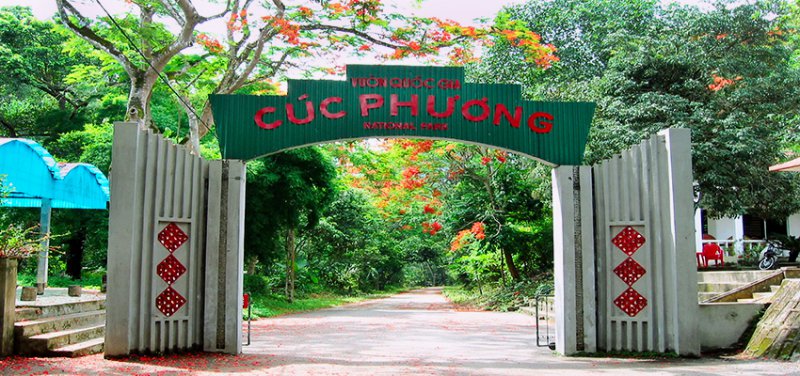
This area is heavily wooded and frequently visited by scientists, researchers, and outdoor enthusiasts. Many species of butterflies flit across the landscape in the summer. The limestone cliffs make for a beautiful background for Cuc Phuong as well.
The months of March through November are ideal for a vacation there. For those interested in photography, April and May are the finest months to visit the park. Traveling to the villages of the Muong people is another great method to gain insight into their culture and way of life.
Ba Be National Park
Address: Ba Ba lake, Ba Be District, Bac Kan Province, Vietnam
Entrance fee : free of charge.
Link Map: https://maps.app.goo.gl/pXUxj9LSioEeSLur7
Bac Can Province, around 240 kilometers north of Hanoi, is home to Ba Be National Park, popularly known as the Ba Be Lakes. Established in 1992, Ba Be National Park spans 100.48 km2.
The park's stunning lakes serve as the focal point of a landscape that sweeps from 1,554-meter limestone peaks down into plunging valleys blanketed in thick evergreen woodlands and littered with waterfalls and caves.
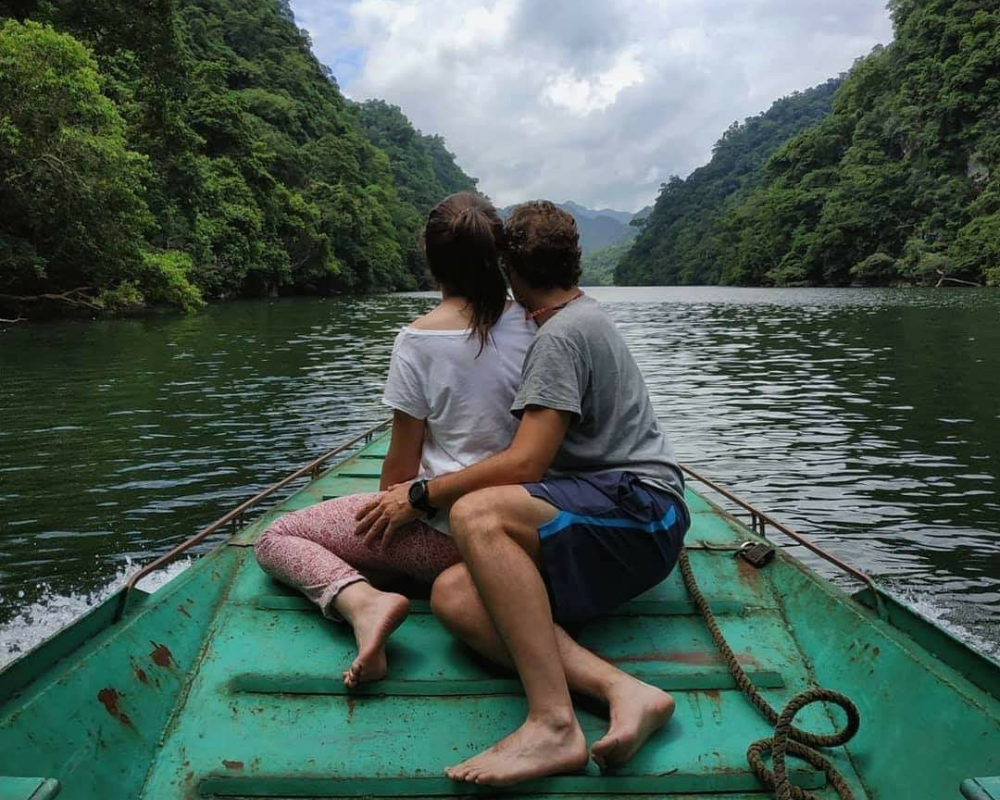 Ba Be National Park.
Ba Be National Park.
Ba Be National Park is home to Vietnam's most important wetland and is the country's only substantial natural mountain lake due to its location inside a mountainous karst environment.
There are more than 550 known species of plants in the park's rainforest. There are a total of 65 animal species, 353 butterfly species, 106 fish species, 4 turtle species, and the severely endangered Vietnamese Salamander here.
There are 233 different types of birds, including the beautiful crested serpent eagle and the oriental honey buzzard.
Ba Be National Park is Northern Vietnam's premier destination for ecotourism and other outdoor pursuits. The best way to see the park's sights is on a relaxing river cruise via the Puong Caves and Ba Be Lake.
However, if you're interested in appreciating its natural beauty, trekking and hiking through the pathways is a great way to do it. Homestays in the park are some of the best in Vietnam, and the park itself is an excellent place to escape the city.
Hoang Lien National Park
Address: Sapa town, Lao Cai Province, Vietnam
Entrance fee: free of charge.
Link Map: https://maps.app.goo.gl/p3uzcNw75tDY1EH69
Sapa (in Lao Cai Province) and Phong Tho District (in Lai Chau Province) are located inside Hoang Lien National Park, which protects the Hoang Lien Son Range.
The park has a positive reputation in Vietnam as a place for tourists and scientific research. With a total area of 29,845 acres and encompassing Fansipan Peak (3,143m) of the Hoang Lien Son mountain range, it is one of the most important forested areas in Vietnam.
Read more: Ba Vi National Park
The majority of the park is covered in forest, and its fauna and steep tropical vegetation are home to a number of endemic plant species of exceptional medicinal value.
This national park serves as a bioreserve for more than 2,000 plant species, including 66 species of trees and plants listed in Vietnam's Red Book. Bo trees, plum trees, and azalea trees are some of the most common types of flora in Hoang Lien.
The park's primary area is home to a variety of rare medicinal trees and plants, including the Blue Cypress trees that grow in the limestone hills of the Ban Ho Commune (Sapa), the Red Pine trees that thrive in the Sapa Township, and the priceless herbs that may be found in the Van Sam Hoang Lien.
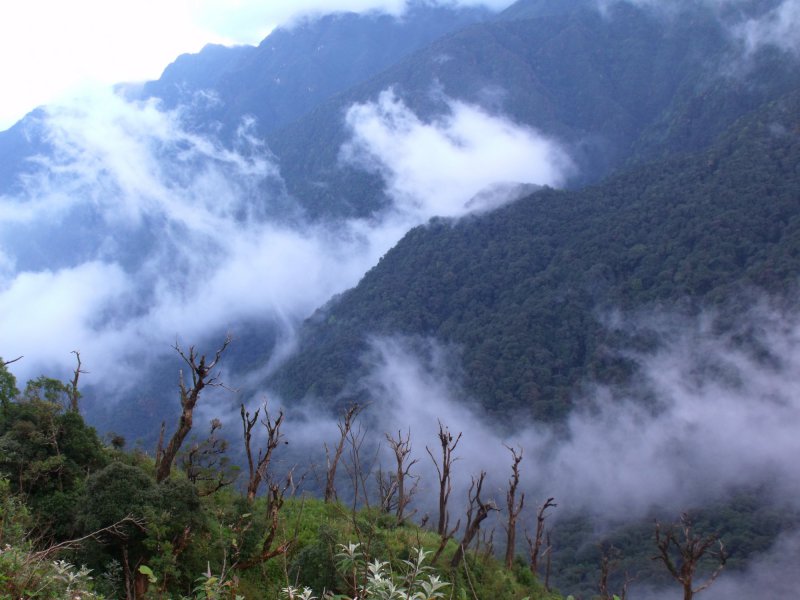
Hoang Lien National Park is home to 66 different kinds of mammals as well as a wide variety of forest plants, including the critically endangered Silver Cheek Langurs and Black Gibbons.
There are 66 different animal species in this wilderness, 16 of which are recognized in Vietnam's Red Book. There are about 347 known bird species in the rainforest, including red-crested pheasants and large-spot eagles.
The park is home to the rare Spike Frog, one of 41 amphibian species, and 61 reptile species found nowhere else in the world.
Travelers to this wooded area of Vietnam will find themselves immersed in a picturesque ecotourism scene. Short bursts of spring, summer, fall, and winter might occur within the span of an hour for visitors.
You can see the sun peeking through the leaves and the mists falling on the lush green carpets of the forest floor as you stroll about the park. One of the best places to go on an adventure in Vietnam is Hoang Lien National Park, which is part of the ASEAN legacy.
Cat Ba National Park
Address: Cat Ba district, Hai Phong Province, Vietnam
Entrance fee : free of charge.
Link Map:https://maps.app.goo.gl/sbkUimaUmBVqnrje6
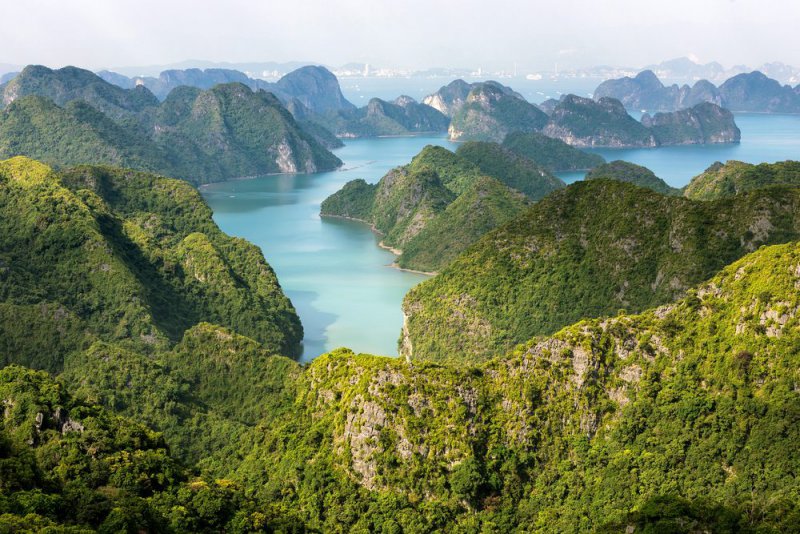
Cat Ba Island, the largest of the 367 islands that make up the Cat Ba Archipelago, is home to Cat Ba National Park, which is situated close to Vietnam's northeastern coast.
Cat Ba is a biosphere reserve, therefore it is home to a wide variety of plants and animals (32 mammal species, including 64 of the world's 65 remaining golden-headed langurs, the most critically endangered monkey).
There are many different kinds of animals in the park, including squirrels, macaques, deer, civets, and even the large black squirrel. Hawks, hornbills, and cuckoos are just a few of the seventy bird species spotted in this area.
Read more: Cat Ba Island travel guide
A trip to Ngu Lam Peak takes around two hours one way, while a trek to Viet Hai Village takes about a day.
The highest of the hills around the narrow valleys is 1,600 feet (500 meters) high, but the bulk tops out at around 660 feet (200 meters).
Most people visit Cat Ba National Park to take in the stunning views of Halong Bay.
Phong Nha-Ke Bang National Park
Address: Cat Ba district, Hai Phong Province, Vietnam
Entrance fee: free of charge.
Link Map: https://maps.app.goo.gl/sbkUimaUmBVqnrje6
The oldest karst mountains in Asia were constructed around 400 million years ago in the beautiful Phong Nha - Ke Bang National Park in Quang Binh Province, which was named a UNESCO World Heritage Site in 2003.
The cave systems of Phong Nha are some of the largest and longest in the world, and the underground rivers that run through them are breathtaking.
The site shares a border with the Hin Namno Nature Reserve in Laos, making the total area 126,236 hectares. The park's landscape consists of tropical rainforest and limestone plateaus.
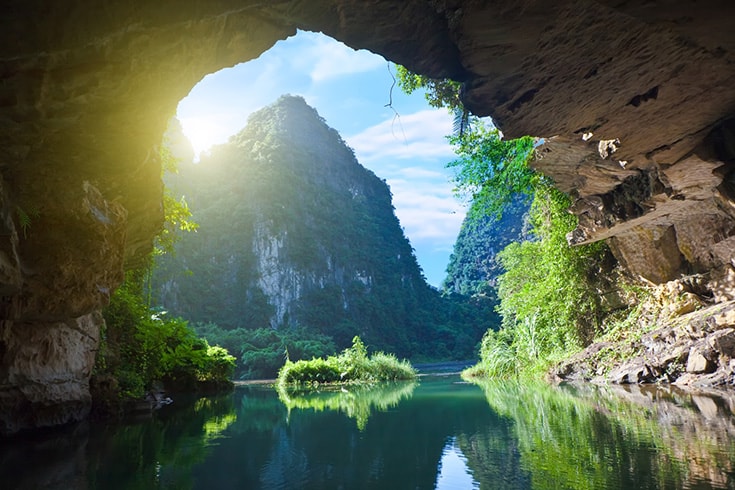
It is home to numerous cave systems and underground rivers in addition to other amazing geological features. The area is home to a wide variety of wildlife, including numerous indigenous species.
The expansion helps maintain the stability of limestone ecosystems by protecting watershed areas and encouraging species cohesion.
Phong Nha-Ke Bang National Park is the vacation destination of your dreams. The natural beauty, rich culture, and thrilling experiences found in this location make it heaven on earth. Tourists travel from far and wide to experience a side of Vietnam and Asia that most have never heard of.
Bach Ma National Park
Address: Phu Loc district, Hue Province, Vietnam
Entrance fee: free of charge.
Link Map:https://maps.app.goo.gl/bhQrCdDQZeA4npkT7
The central Vietnamese cities of Hue and Danang are not far from Bach Ma National Park. The park is in the Truong Son Mountains, which are one of the wettest regions in Vietnam.
The park's different ecosystems, from the coast to the highlands, and the park's placement on the biogeographical border between northern and southern Vietnam contribute to the park's great species diversity.
There are three distinct areas within Bach Ma National Park's 220 square kilometers: the heavily fortified core, the administrative center, and the buffer zone.
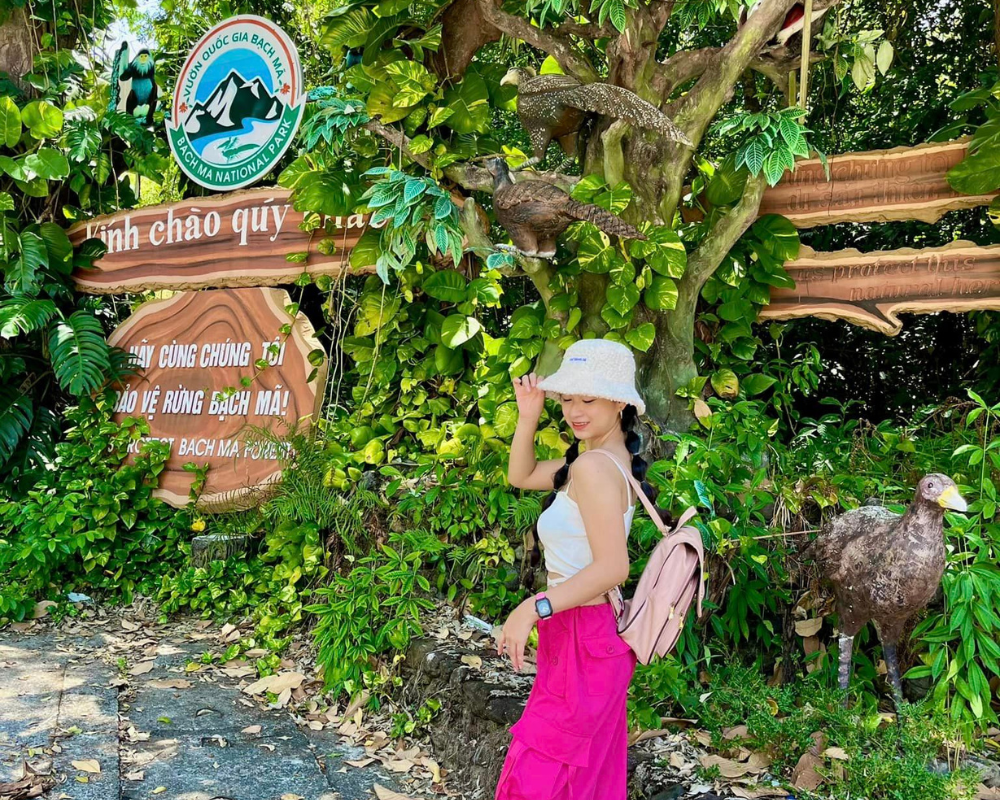
Bach Ma National Park.
Most evergreen and montane forests are the most common, although swaths of severely degraded scrub and grassland are present.
Although it historically hosted important species, including the Asian elephant, white-cheeked gibbon, and red-shanked douc langur, the park's wildlife is not widely known.
Important avian species, such as the Vietnamese crested argus, Annam partridge, and Edwards' pheasant, all of which were thought to be extinct until recently, are also protected in this way.
In 1991, Bach Ma was declared a national park, but only lately have its abandoned villas and pathways been revealed. In March and April, the park's strolling paths wind through beautiful rhododendron forests.
Many species of butterflies call this park home, and visitors often comment on the fascinating birds. On a clear day, the view from the peak is well worth the hike.
|
Region
|
Name
|
Year established
|
Area
(ha)
|
Location
|
|
North
|
Ba Be national park
|
1992
|
7,610
|
Bac Can
|
|
Hoang Lien national park
|
2002
|
29,845
|
Lai Chau, Lao Cai
|
|
Cat Ba national park
|
1986
|
15,200
|
Hai Phong
|
|
Central
|
Cuc Phuong national park
|
1994
|
22,200
|
Ninh Binh, Thanh Hoa, Hoa Binh
|
|
Phong Nha – Ke Bang national park
|
2001
|
85,754
|
Quang Binh
|
|
Bach Ma national park
|
1991
|
22,030
|
Thua Thien Hue
|
|
South
|
Cat Tien national park
|
1992
|
73,878
|
Dong Nai, Lam Dong, Binh Phuoc
|
We trust that our overview of the best national parks in Vietnam was useful to you. If you're interested in Vietnam's wildlife but are short on time, it's recommended that you visit at least one of these parks.
If you are interested in a private trip to Vietnam with one of our expert guides, we encourage you to get in touch with our travel agents as soon as possible.
Read more: All things you need about train in Vietnam
